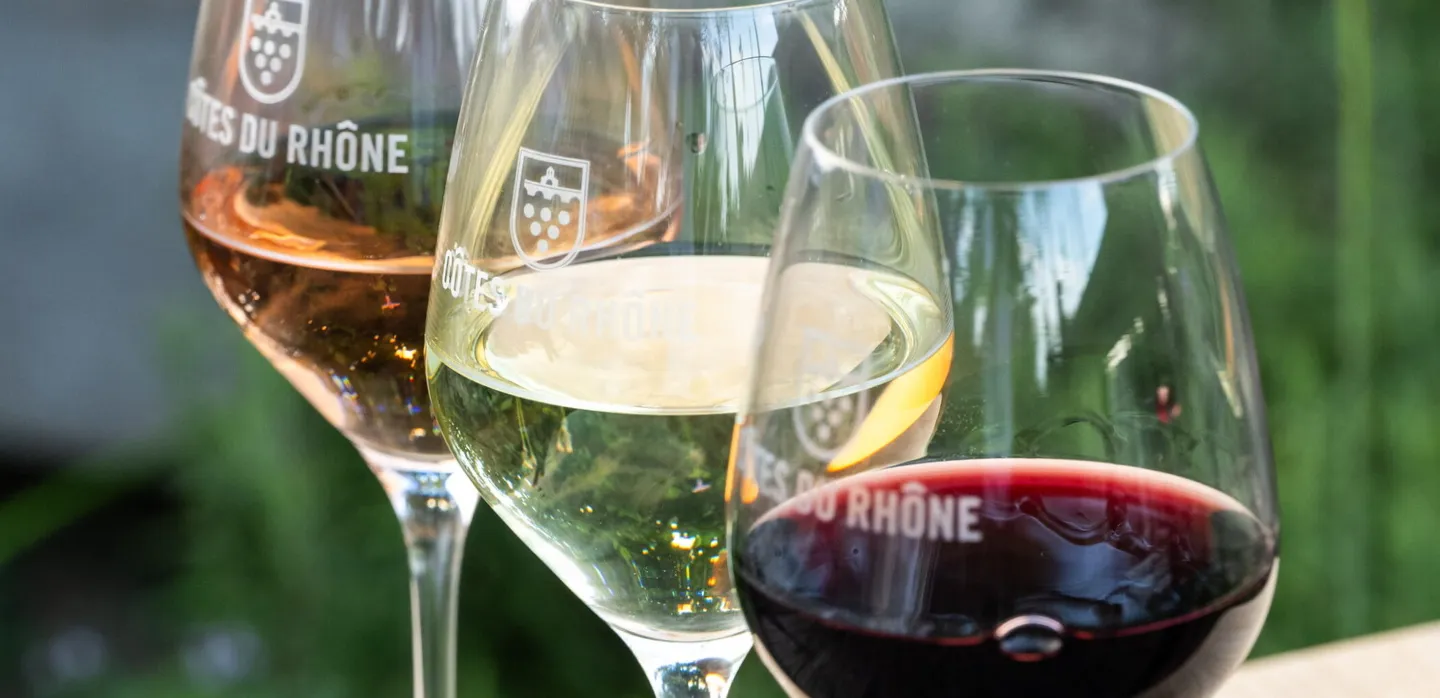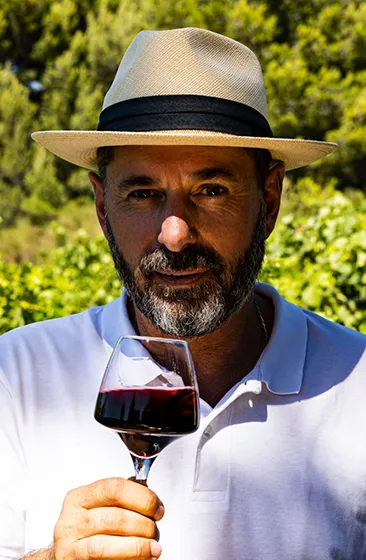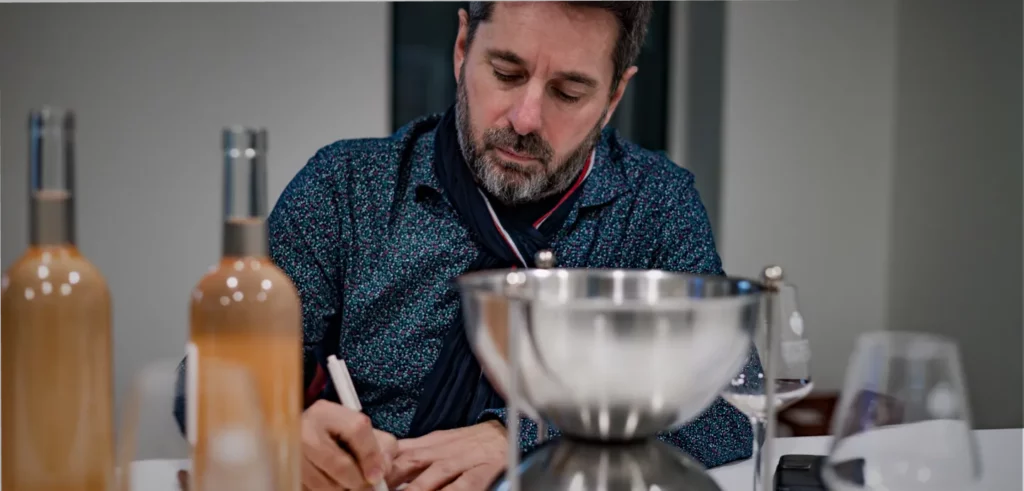Tasting wine is about awakening the senses. With just one sip, a whole world of flavours, textures, and aromas can be revealed, from fruity notes to hints of spice, soil, or even roasted coffee. But did you know that this wealth of sensations doesn’t appear by chance? On the contrary, it reflects the story of the wine, its origin, and the way it was crafted.
Aromas, specifically, are the markers of this journey. They are born in the grape, are shaped by the winemaker’s choice, and continue to evolve during the ageing process inside the bottle. There are hundreds of them, and each person is free to describe what they perceive in their own words, whether on the nose or on the palate.
However, as tasting wine can be a serious endeavor, professionals decided to structure different aromatic expressions into three categories: primary, secondary, and tertiary. This shared vocabulary, adopted by sommeliers around the world, helps us understand not only what is in the glass but how the wine got its depth and complexity, or lack thereof.
Let’s take a closer look at these different aromatic families and what they reveal about a wine’s character.
Primary aromas: the signature of a terroir
Primary aromas are a direct result of the grape variety, much more than the hand of the winemaker in shaping it. Think of it as you would different kinds of apples, lettuce, or even strawberries: each variety has its own typical flavor and character! The primary aromas are often the easiest to recognize in a wine. A Viognier may reveal aromas of white flowers or stone fruit. Grenache, on the other hand, is often identified by its strawberry and raspberry notes.
Both climate and terroir also play a significant role in shaping primary aromas. A Syrah grown on granite soils may develop notes of pepper or violet, while the same grape, born on a drier soil, will tend towards an aromatic of darker fruits.
Recognising these primary aromas is the first step in reading a wine. They give us clues about the grape, its origin, and the character it is meant to express.
Secondary aromas: the magic of winemaking
Once the grapes are harvested, it’s time for the winemaker to express his style and shape the wine’s true identity. This is where the secondary aromas emerge, born from the natural transformations that occur during the fermentation led by yeast and bacteria. The first stage is alcoholic fermentation, where yeast transforms sugar into alcohol. Along the way, it produces compounds that bring out vivid fruit notes, sometimes even with a hint of candy, especially noticeable in young wines. The second stage, malolactic fermentation, softens the wine’s acidity by turning malic acid into lactic acid. This not only makes the wine smoother, but it can also create creamy, buttery aromas that define certain great white wines.
In the Rhône Valley, and in Xavier Vignon’s wines in particular, these secondary aromas often take the form of notes of violet, pepper, or licorice and the rounder, lactic nuances that add smoothness to reds and complexity to certain whites.
• Notes of licorice, violet, or pepper, which are strongly expressed in Syrahs (Crozes-Hermitage2023)
• Touches of garrigue, dried herbs, or black olive, which fermentation helps to amplify (Vacqueyras 2022)
• Rounder and milkier nuances, resulting from malolactic fermentation, which add smoothness to reds and complexity to certain whites (Extra blanc)
Secondary aromas are a testament to the winemaker’s skill set and vision. In the case of Xavier Vignon wines, they often embody our guiding principle of pursuing the purest expression of a terroir: keeping the fruity notes energetic and fresh while enriching the wines with extra nuances and depth.
Tertiary aromas: The markers of time
This last aromatic family is perhaps the most intriguing of them all. Tertiary aromas develop as wine ages, whether in a barrel or in a bottle. There is a certain volatility to this aromatic family, as its expression depends on the conditions in which wines are stored. When a wine spends time in oak barrels, especially ones that are less than a year old, it can draw flavours from the wood. Depending on the type of barrel and the level of toasting it has handled, this can add notes of vanilla, cocoa, coffee, or spices to the wine. Ageing in a barrel builds both structure and complexity while giving a true, distinctive character to a wine.
Bottle ageing, on the other hand, is more subtle. As the years go by, the aromas of fresh fruit of a young wine slowly give way to more evolved notes of leather, tobacco, mushrooms, or even truffles. If you ever taste these specific notes in a wine, you can almost be sure that this is a more mature vintage, ready to unveil all the richness it has patiently developed in the cellar.
This is the magic of wines made for an extended period of ageing: time itself becomes part of their identity!
The ever-changing nature of a wine
What makes wine so fascinating is that it never stands still. Aromas shift with age, but they also change within the same tasting. A wine opened at the last minute may seem shy at first, then open up with air to reveal layers you didn’t notice before. Even on the palate, what you taste in the first sip may not be what you find in the last.
This constant evolution is what makes tasting so rewarding. No two experiences are ever identical. Every bottle, every moment, and every context leaves its own mark on the wine you discover.
Aromas: the art of discovering a wine
Wine aromas fall into three prominent families. Primary aromas reflect the grape and the land it comes from. Secondary aromas are shaped by the winemaker’s hand. Tertiary aromas appear with time, revealing the deeper nature of a wine as it ages. Together, they create the layers of complexity that make every bottle unique.
At Xavier Vignon, we love helping you explore all these shades of the Rhône Valley. So the next time you pull out a bottle for a tasting, treat it like a bit of detective work. Do you catch a burst of fresh fruit, a touch of spice, or the wild herbs of the garrigue? Don’t worry about being exact. Half the fun is simply in paying attention and enjoying what you find in the glass.
Happy tasting!



